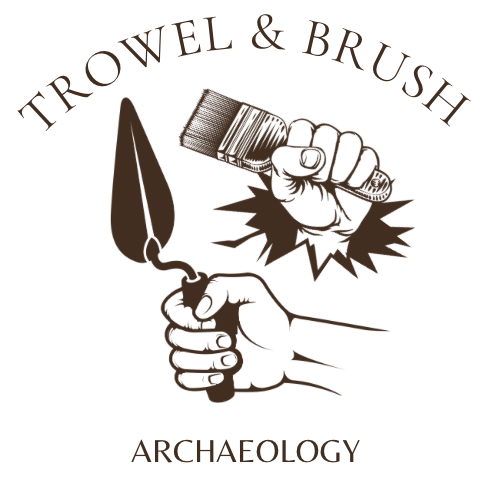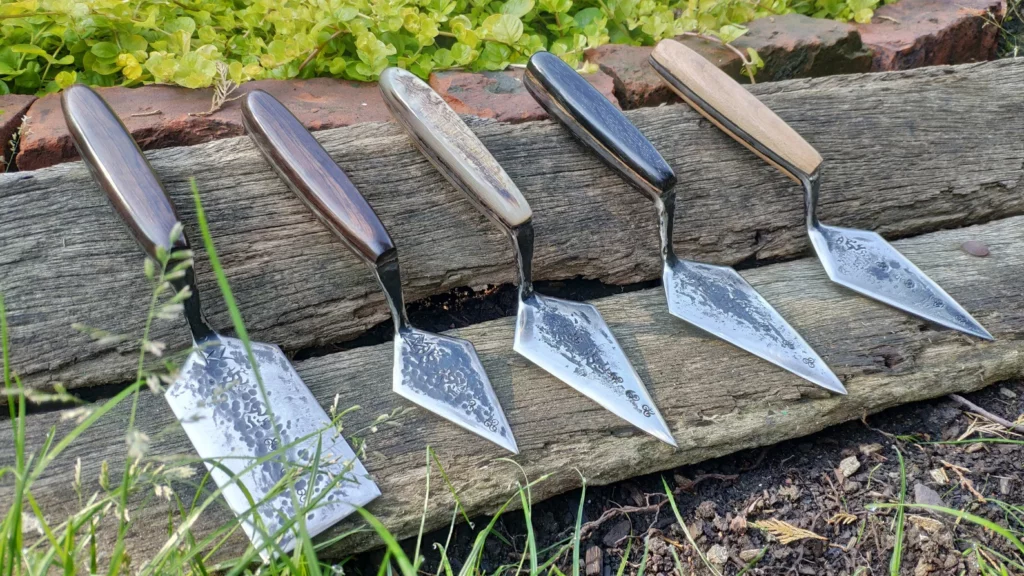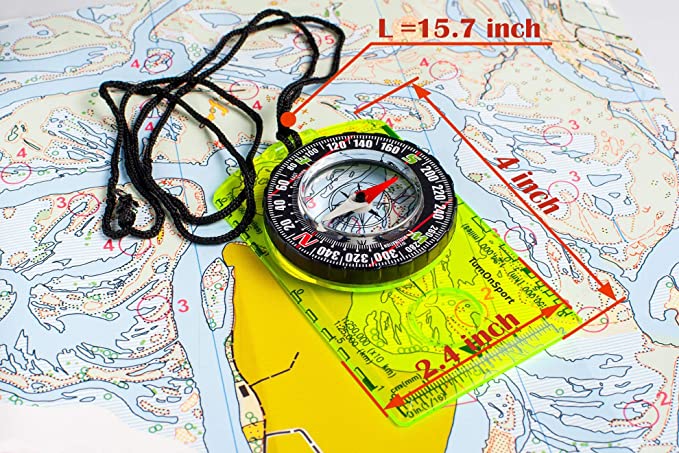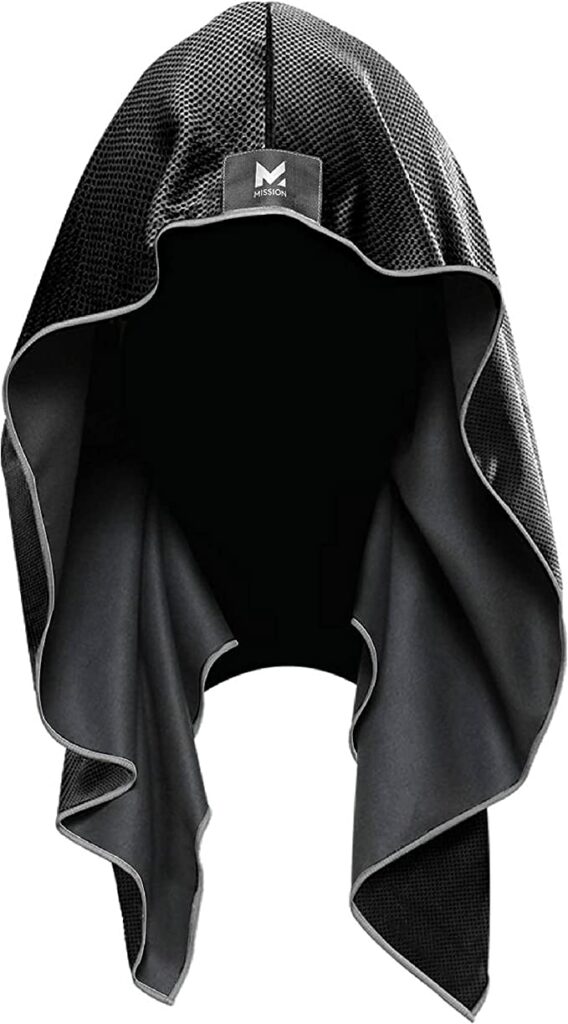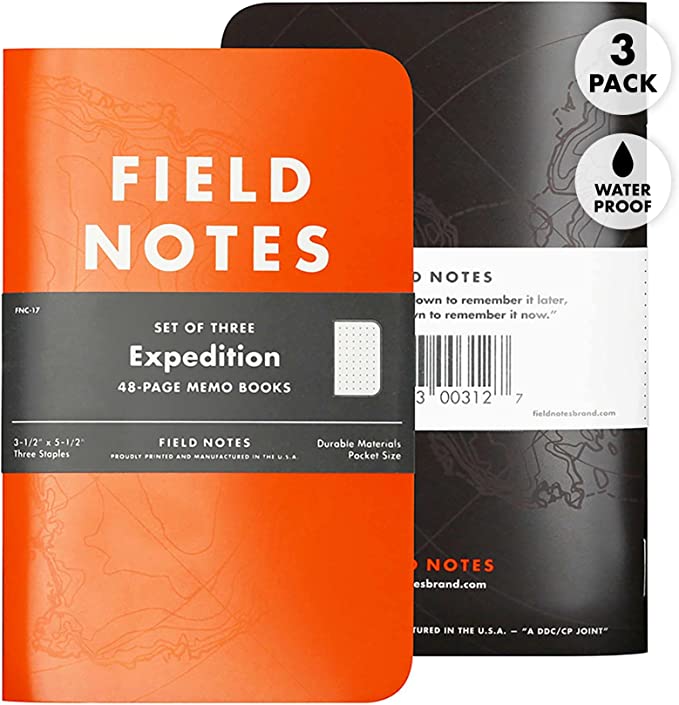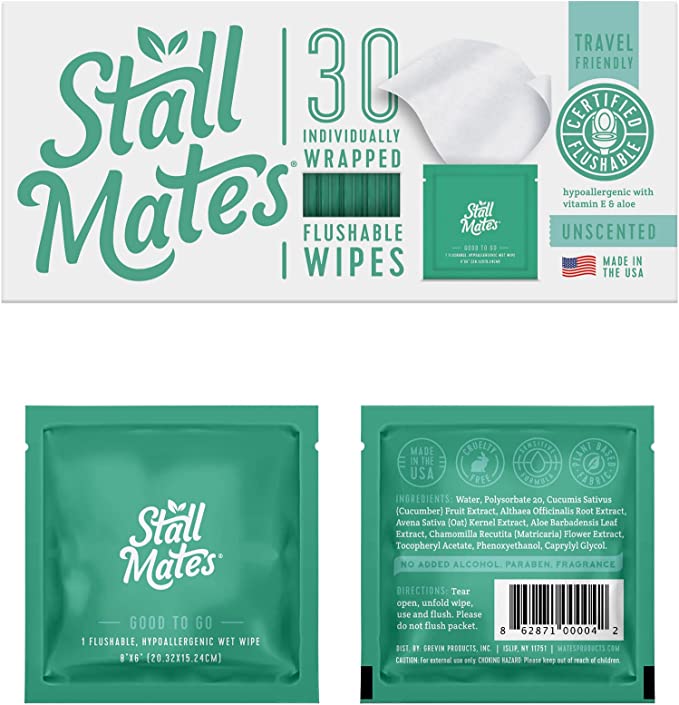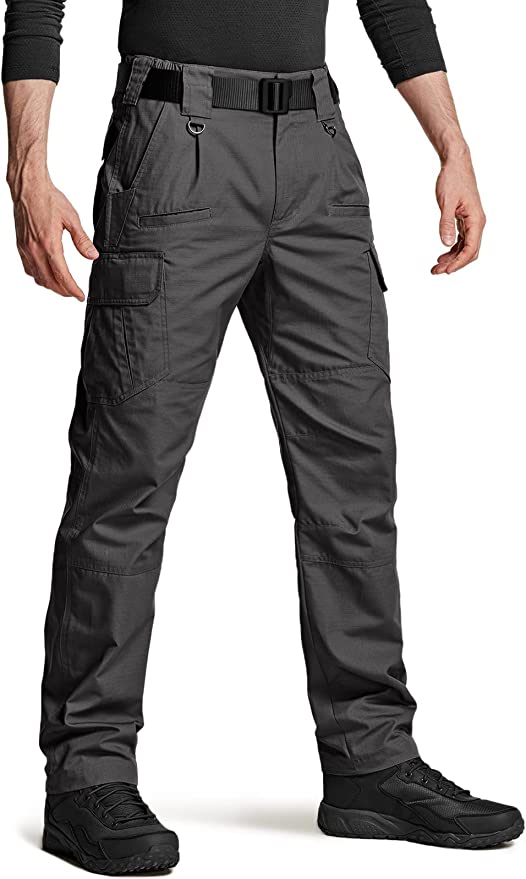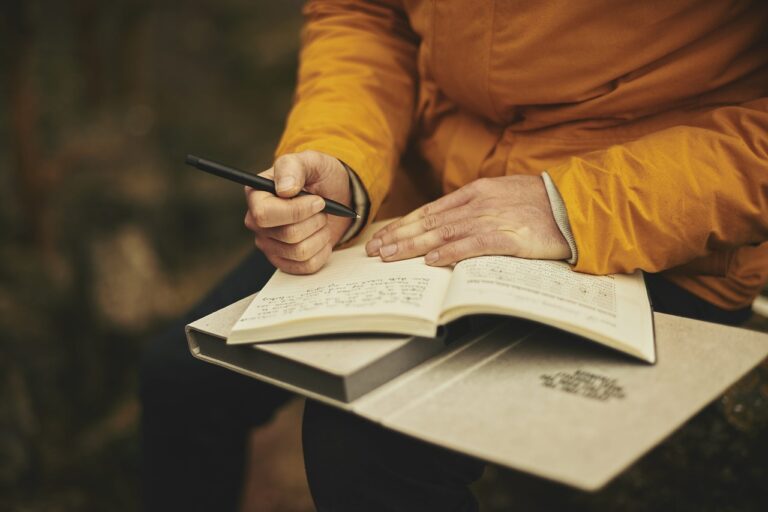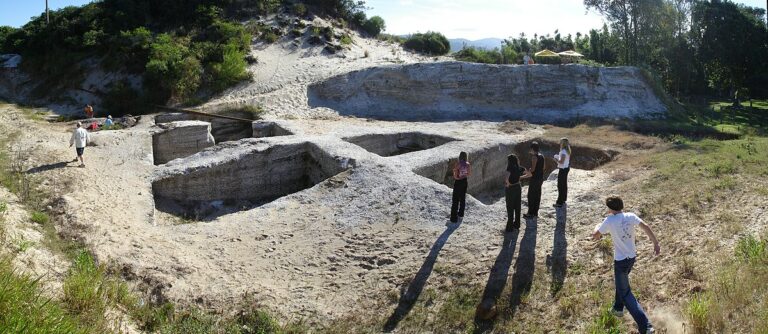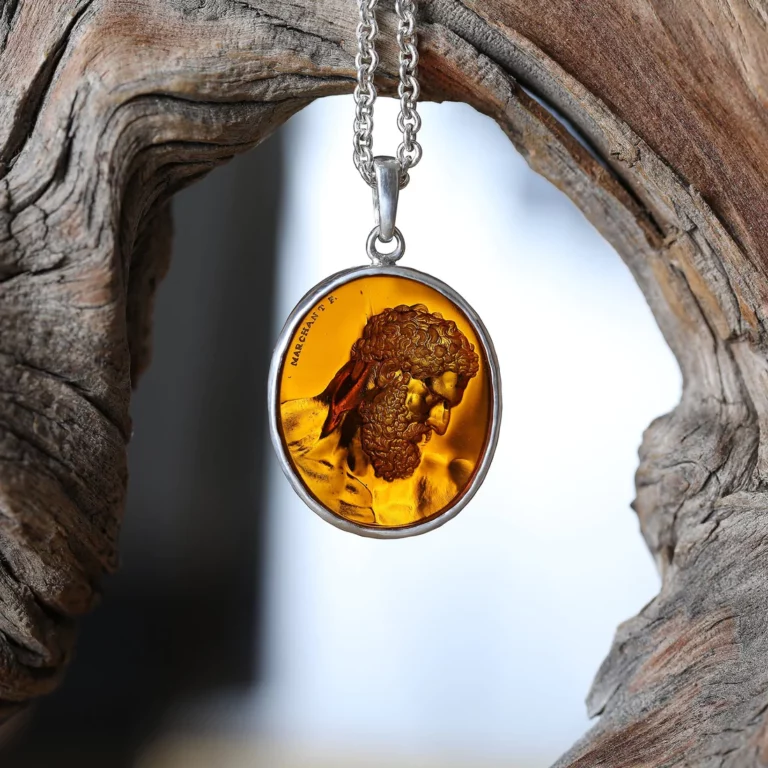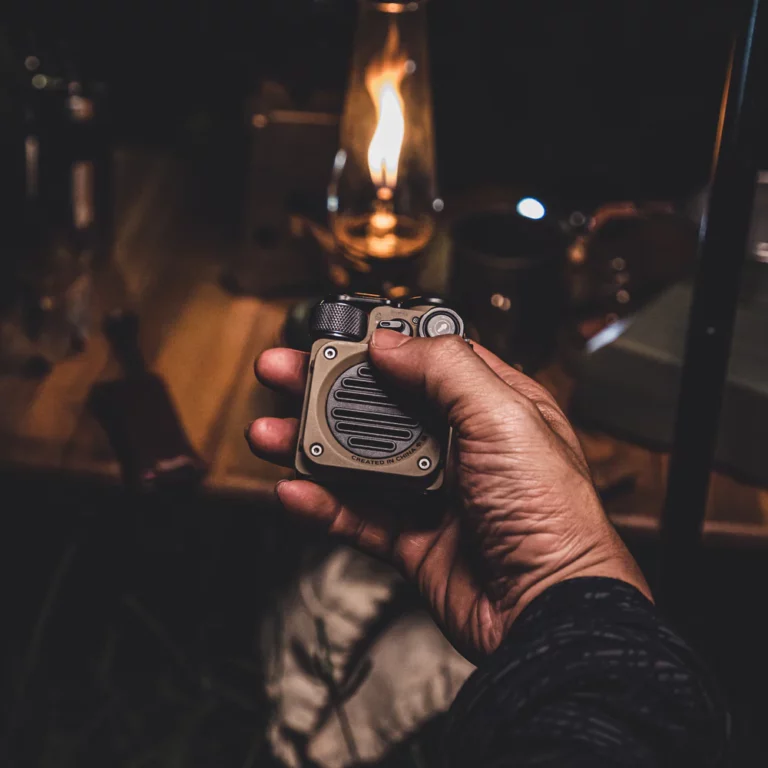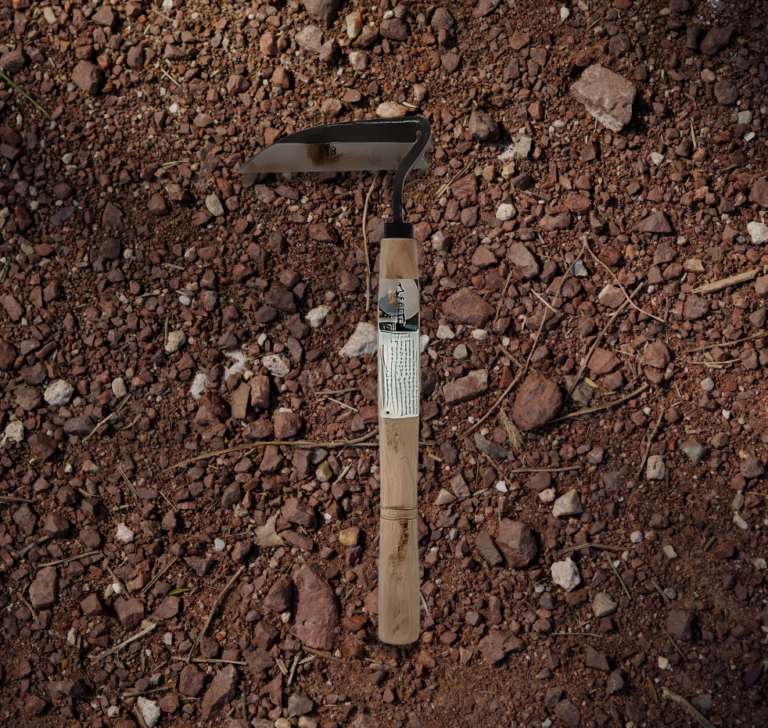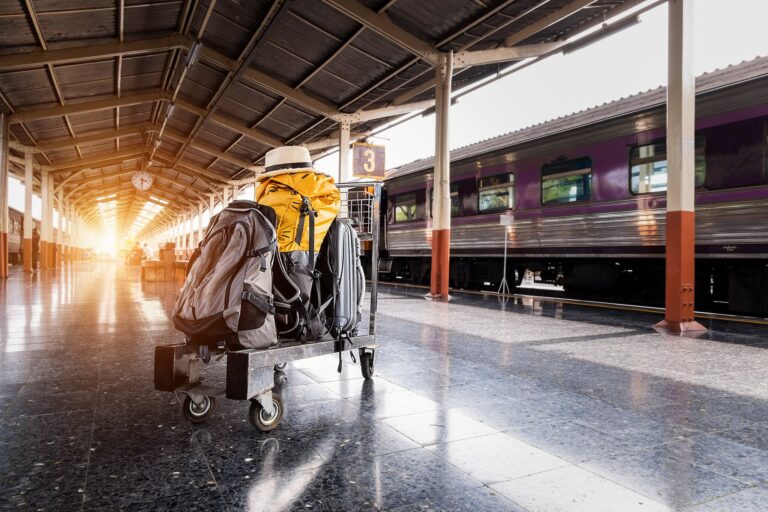Archaeological Dig Essentials
Howdy fellow adventurers! As an archaeology enthusiast who’s dug up my fair share of treasures, I’m absolutely stoked to spill the beans on the essential gear for an epic archaeological adventure.
So, grab your favorite snack, fuel up those archaeology-loving taste buds, and get ready to uncover the hidden gems of the past with these essential gear recommendations.
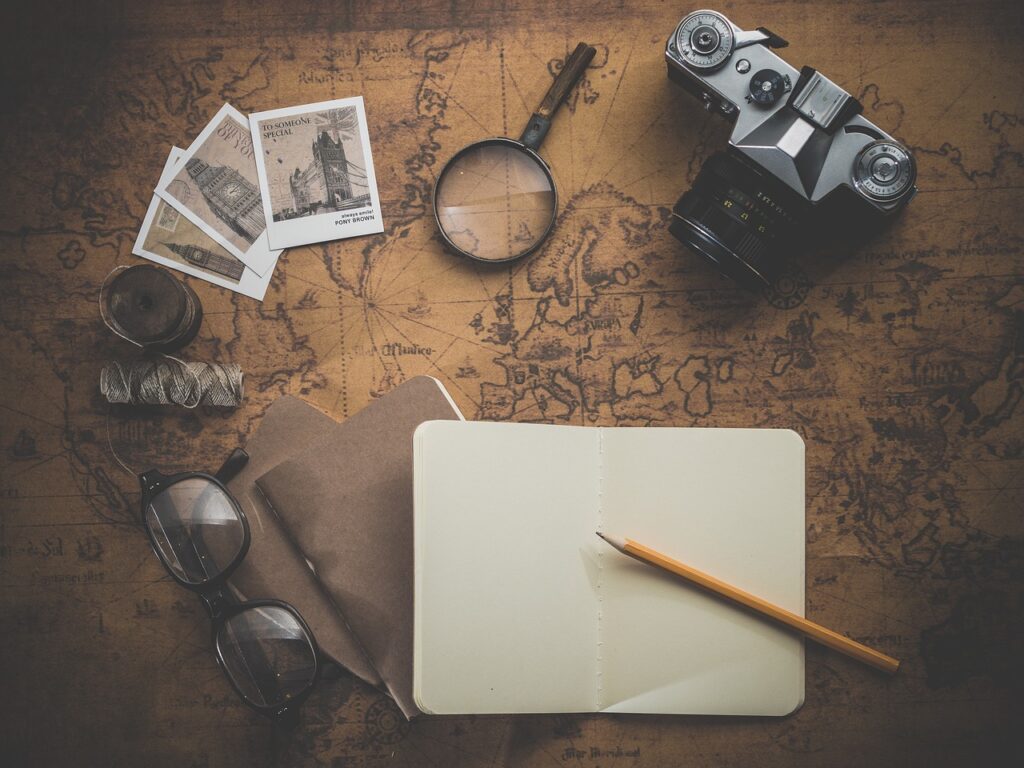
For more information on what tools archaeologists use and why they use them, visit our other article here: https://trowelandbrush.com/what-tools-do-archaeologists-need/
Digging Tools
A reliable set of digging tools is the backbone of any archaeological dig.
Be sure to pack a sturdy excavation trowel, brushes of various sizes, a handheld pick or mattock, and garden shears. These tools will help you carefully remove dirt and debris, allowing you to uncover hidden treasures without causing damage.
Measuring Instruments
Accurate measurements are crucial for documenting the position and orientation of artifacts and features within the excavation site.
Equip yourself with measuring tape and plumb bob to record measurements. A compass or orientation device will also come in handy for aligning your finds with geographic coordinates and navigation.
Protective Gear
Safety should always be a top priority during an archaeological dig. Ensure you have the right protective gear, such as sturdy work gloves to shield your hands from sharp objects and abrasive surfaces.
Don’t forget to pack a wide-brimmed hat, sunglasses, and sunscreen to shield yourself from the sun’s rays during long hours of fieldwork.
Photography and Documentation Equipment
Capturing high-quality images of artifacts, excavation trenches, features, and of your fellow archaeologists is essential for proper documentation, analysis, and capturing unforgettable memories.
Bring a reliable digital camera or smartphone with a good resolution and consider packing extra memory cards, batteries, and don’t forget those chargers. Additionally, bring a notebook or field journal to record detailed observations, sketches, and measurements.
Pro Tip: If you are traveling overseas, make sure you have the right wall adapter
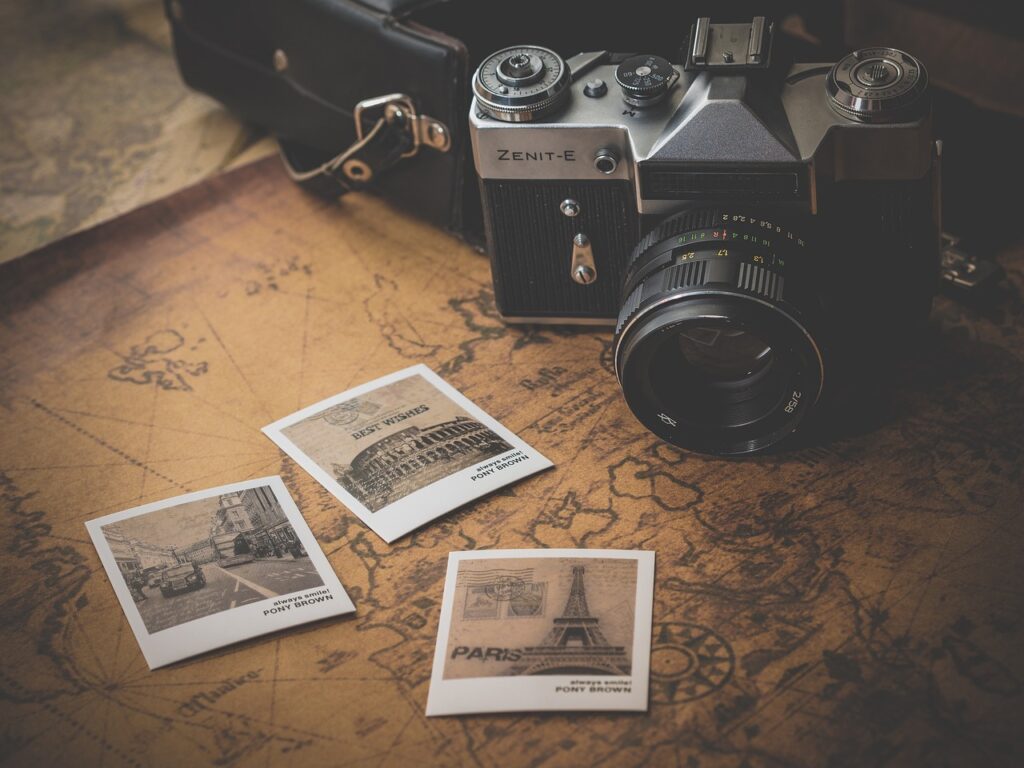
Safety, First Aid, and Personal Care
Never overlook the importance of a well-stocked safety and first aid kit. Accidents can happen even in the most controlled environments.
Pack essentials such as bandages, antiseptic wipes, adhesive tape, pain relievers, and any personal medication you may require. It’s always better to be prepared for unforeseen circumstances.
And let’s not forget about hygiene! Our comprehensive guide has got you covered.
Remember to include toiletries and handy disposable wipes to keep yourself fresh and clean during your archaeological expedition.
Don’t overlook this crucial aspect of your packing checklist. Your comfort and well-being matter as you embark on your adventurous quest for knowledge.
Field Attire
Proper field attire is not just a matter of style; it is a necessity for a successful and comfortable archaeological dig.
When exploring the outdoor terrain, sturdy and comfortable footwear, such as hiking boots or work boots, becomes essential to protect your feet from potential hazards.
Lightweight and breathable clothing, suited to the weather conditions, keeps you cool and minimizes discomfort during long hours of fieldwork.
Long-sleeved shirts and long pants provide added protection from the sun’s rays and insect bites.
Don’t forget to bring a wide-brimmed hat or cap to shield your face and neck, and a rain jacket to stay dry during unexpected weather changes.
Choosing the right field attire ensures your safety, comfort, and ability to focus on the exciting discoveries waiting to be unearthed.
Miscellaneous Items
Miscellaneous items may seem insignificant, but they play a crucial role in the success of an archaeological dig.
- Field Snacks and Hydration (Water Bottles, Energy Bars): https://amzn.to/3WJyB7k
- Field Guide Books or Reference Materials
- Documentation
- Portable Charger
- Swiss Army Knife: https://amzn.to/3WKzXPf
- Durable Dig Bag: https://amzn.to/3WIal5H
- Speaker
- Playing Cards
- Earplugs (For Those Noisy Roommates)
- Knee Pads
- Microfiber Quick Dry Travel Towel: https://amzn.to/43lAmdy
These seemingly miscellaneous items contribute to your overall efficiency, safety, and enjoyment, making them indispensable components of your archaeological toolkit.
Checklist
Here’s a checklist of all the essential items mentioned above in one place so that you can pack for an unforgettable archaeological dig:
- Sturdy Digging Tools:
- Excavation trowel
- Brushes of various sizes
- Handheld pick or mattock
- Garden Shears
- Precision Measuring Instruments:
- Measuring tape
- Compass or orientation device
- Plumb bob or level (for precise alignments)
- Protective Gear:
- Sturdy work gloves
- Wide-brimmed hat
- Cooling towel
- Sunglasses
- Sunscreen (preferably with high SPF)
- Insect repellent
- Photography and Documentation Equipment:
- Digital camera or smartphone with good resolution
- Extra memory cards and batteries/chargers
- Wall adapter
- Field notebook or journal
- Pens, pencils, and markers
- Ruler or scale bar for reference in photographs
- Conservation and Preservation Supplies:
- Resealable plastic bags (various sizes)
- Sharpies
- Safety and First Aid Kit:
- First aid supplies (bandages, antiseptic wipes, adhesive tape)
- Pain relievers
- Personal medications
- Emergency contact information
- Safety goggles or glasses (if required)
- Field Attire:
- Sturdy, comfortable footwear (hiking boots or work boots)
- Lightweight and breathable clothing (consider weather conditions)
- Long-sleeved shirts and long pants (for sun protection)
- Rain jacket or poncho (if needed)
- Hat with a wide brim or cap (to shield from the sun)
- Miscellaneous Items:
- Field snacks and hydration (water bottles, energy bars)
- Field guide books or reference materials
- Documentation
- Portable Charger
- Swiss Army Knife
- Durable Dig Bag
- Speaker
- Playing Cards
- Earplugs (For Those Noisy Roommates)
- Knee Pads
- Microfiber Quick Dry Travel Towel
- Binoculars (for observing the surrounding area)
Remember, this checklist is a general guide, and you may need to adjust it based on the specific requirements of your archaeological dig.
Always consult with the excavation team or project leaders for any additional recommendations or restrictions. Happy digging!

